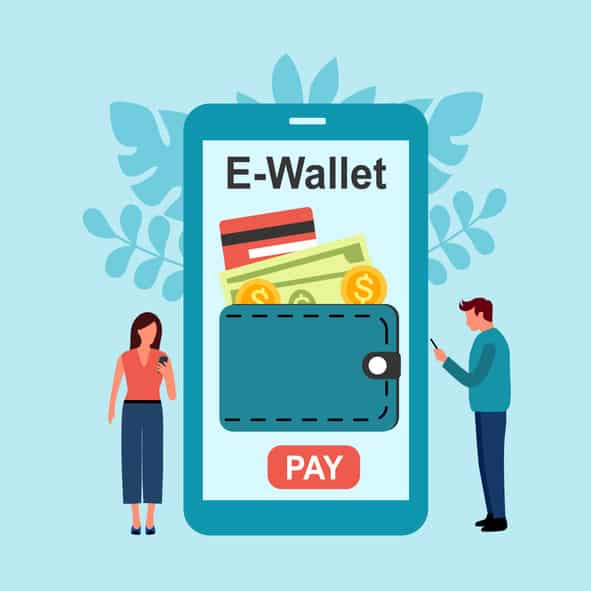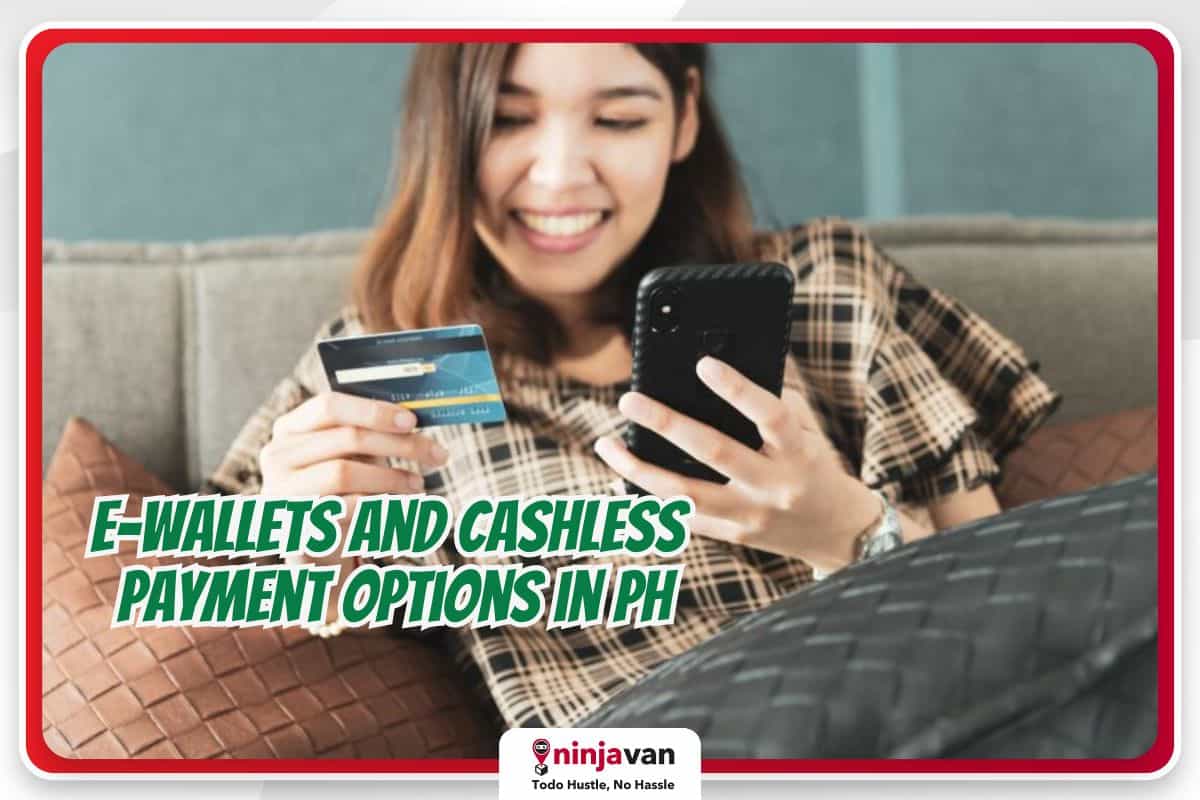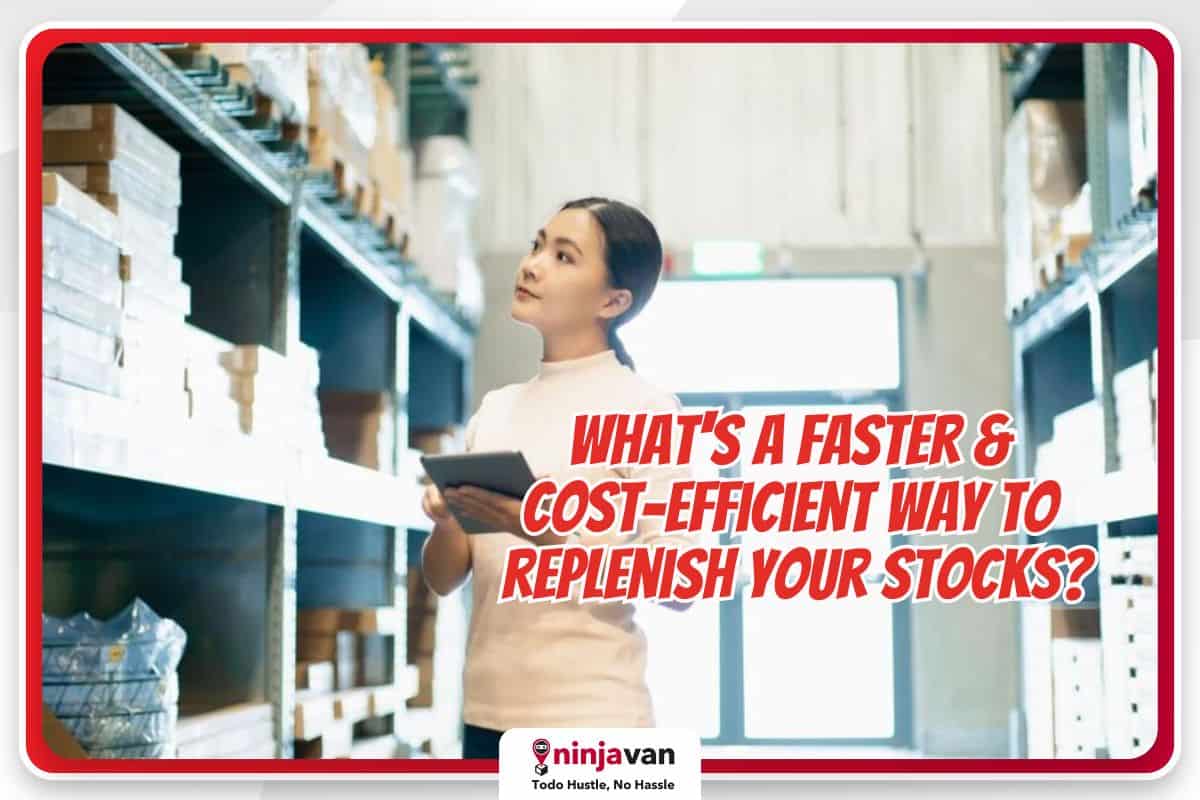Increased online shopping options has also increased online payment channels and types of e-wallet in the Philippines.
Filipinos are some of the most avid and early adopters of e-wallets and payment gateways. If your ecommerce store is still heavily relying on COD payments, you may be losing some sales opportunities.
What are e-wallets and payment gateways?
An e-wallet is a pre-paid account where you can store your money for future online transactions. An e-wallet is protected with a password. You can pay for groceries and make other online purchases through an e-wallet.
Popular e-wallets in the Philippines include: GCash, Maya or wallets linked to superapps, like GrabPay and Lazada Wallet.

A payment gateway, on the other hand, is a service that helps e-commerce businesses initiate transactions, in-app, and point-of-sale payments for a broad variety of payment methods. A payment gateway, for example, can be linked to your credit card or Gcash account.
Top payment gateways in the Philippines include PayMongo, DragonPay and TendoPay.
#NinjaTip: One payment gateway can give you access to many payment methods and thus give your customers more payment options. So if you want this convenience, consider a payment gateway for your e-commerce business.
Why use e-wallets and payment gateways?
E-wallets and payment gateways are super-efficient in certain transactions. Gcash to Gcash transactions, for example, arrive in almost real-time!
There are also security features to protect consumers, like two-factor authentication encryption. E-wallets and payment gateways may help avoid instances of RTS (return-to-sender) packages that can be especially inconvenient for sellers on a cash on delivery (COD) basis.
#NinjaTip: When using a payment gateway, you can still add a COD option. Just be aware that while this additional option can attract more customers, it can lead to inconveniences like returned packages (RTS).
Some e-wallets and payment gateways to consider
E-wallets:
- Gcash is widely used and still growing. Naturally, Gcash is a must for e-commerce businesses. It’s quick to set up, requiring only a valid ID and selfie. To unlock a higher balance limit and other privileges, you must follow additional know-your-customer (KYC) requirements.
- Maya and GrabPay are also widely accepted for domestic transactions, with the latter used as a standard e-wallet for the Grab super-app.
- Paypal is a popular option for international transactions, though it charges higher fees than the previously mentioned e-wallets.
- Coins.ph is the preferred e-wallet for cryptocurrency users.

Payment gateways and other digital solutions:
If you have your own ecommerce store, it’s best to set up payment channels to give customers different payment options when they check out.
To offer a credit card payment option, you can use the payment gateway DragonPay or PayMongo. It can be linked to credit cards, and also to other e-wallets like Gcash, Maya, GrabPay and Coins.ph.
If you’re selling higher-priced items, you can try TendoPay, it also offers installment plans for customers.
How e-wallets and payment gateways help ecommerce businesses
E-wallets and payment gateways are revolutionizing how businesses operate in the Philippines, offering a wide range of benefits. Here are 5 key advantages:
- Reach a wider audience: E-wallets are hugely popular in the Philippines, even surpassing credit cards. By integrating them, businesses tap into a vast customer base who prefer cashless transactions.
- Increased sales and conversion rates: Faster and more convenient checkout processes with e-wallets lead to fewer abandoned carts and higher sales for businesses.
- Enhanced customer experience: A smooth and secure payment experience keeps customers happy and coming back for more. E-wallets and payment gateways provide that seamlessness.
- Reduced operational costs: E-wallets eliminate the need for cash handling, reducing the risk of errors and fraud. This translates to lower operational costs for businesses.
- Improved security: Payment gateways employ robust security measures to protect sensitive customer data during transactions. This fosters trust and builds confidence with customers.
Here are some additional benefits:
- Accessibility. E-wallets offer financial inclusion for the unbanked population in the Philippines, expanding the customer reach for businesses.
- Real-time transactions. E-wallets and payment gateways enable instant settlements, allowing businesses to receive funds faster and improve cash flow.
- Data and insights. Payment gateways often provide valuable data on customer behavior and spending habits. Businesses can leverage this to personalize marketing strategies.
- Mobile payments. E-wallets are primarily accessed through smartphones, allowing businesses to cater to the growing mobile-first customer base in the Philippines.
- Simplified record-keeping. Digital transactions through e-wallets and payment gateways offer a clear and organized record of financial activities for businesses.
Which e-wallets and payment gateways should you choose?
So, which mode of payment is best? The answer is it depends on where you are in your e-commerce business and what your goals are.
1. Start small and scale up
If you’re just starting your ecommerce business and don’t have much capital yet, you can use Gcash as an e-wallet first. We also advise offering online bank transfers via InstaPay or PESONet, as well as COD to provide more options and capture more customers.

2. Go where your customers are
Make it easy for customers, especially if your ecommerce business is already scaling. Customers today almost no longer have a reason not to buy. All the options are there and all they need to do is click!
These payment platforms help marketers have conversions – reducing abandoned carts. They will push the person to go through the sale. Check your sales data which payment platform(s) your customers use more so you can also provide a customized experience.
3. Expand your options as you grow
Offering many payment options is also good in case of emergencies. If one platform doesn’t work or under maintenance, your customers will have other ways to pay for their orders. Be open to more options as your business grows so you can be more accessible and more inclusive.

When you increase and widen your payment channels, you also tap more clients, and you open your business to more markets and opportunities. That is how you will grow.
Grow your ecommerce business with Ninja Van
As your ecommerce business grows, you’ll need to streamline your fulfillment and shipping processes. Ninja Van is the one-stop partner for you.
No need to deal with different providers, our seamless end-to-end logistics solutions will take care of all your logistics, including:
- Storage and warehousing
- Inventory management
- Stock replenishment
- Order fulfillment
- Nationwide deliveries
Focus on your core competencies, expand your business and leave the rest to us!
Talk to our logistics experts today.
More tips to grow your ecommerce business:
6 Signs You Need to Outsource Your Order Fulfillment
What is Ecommerce Personalization Strategy?
Why You Need To A One-Stop Logistics Solution







